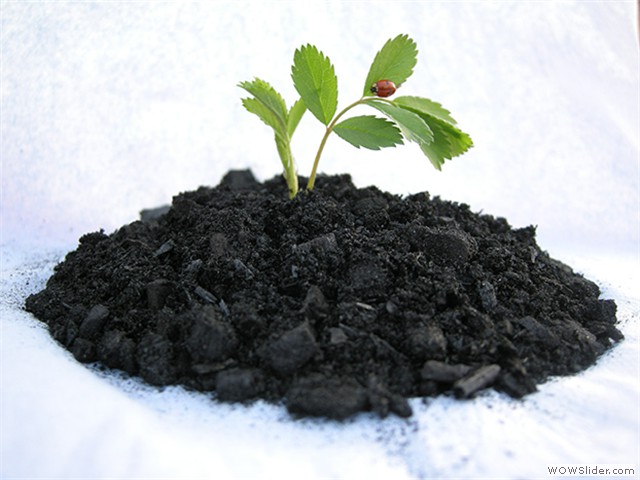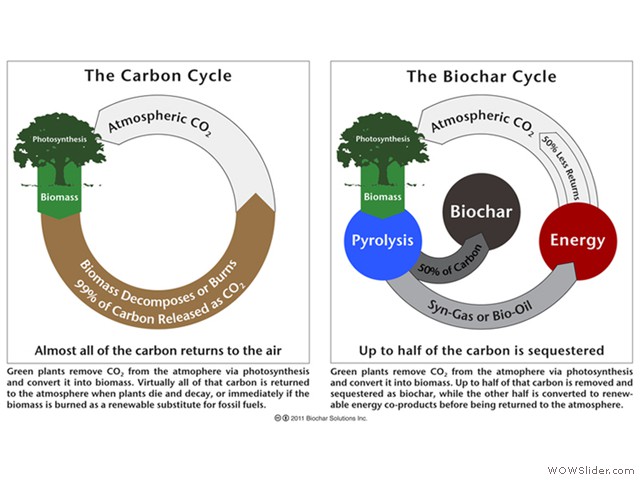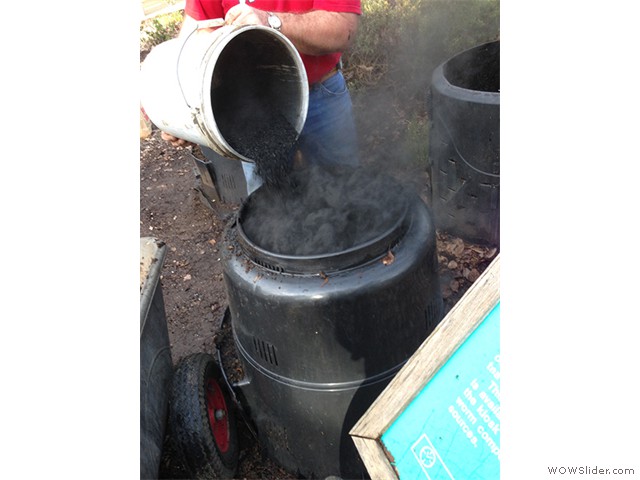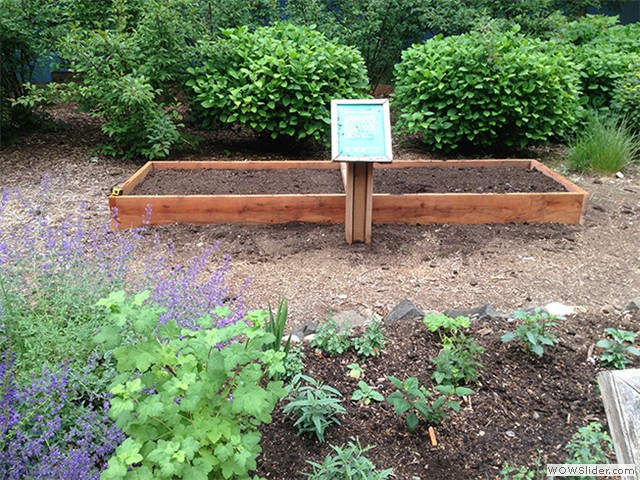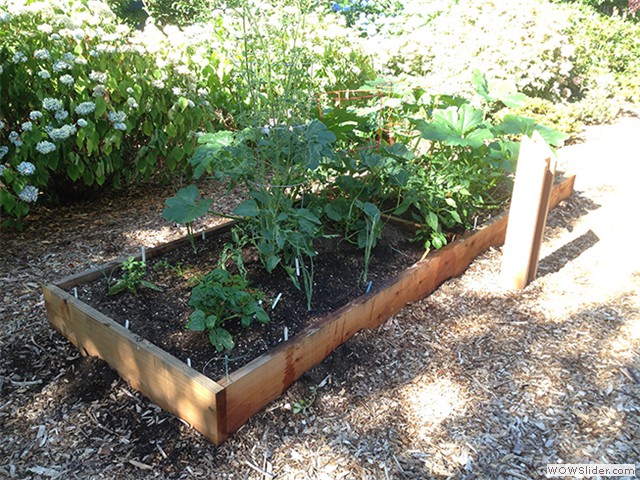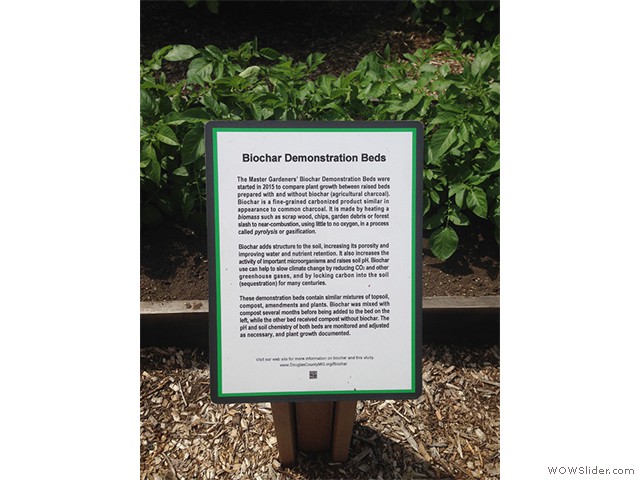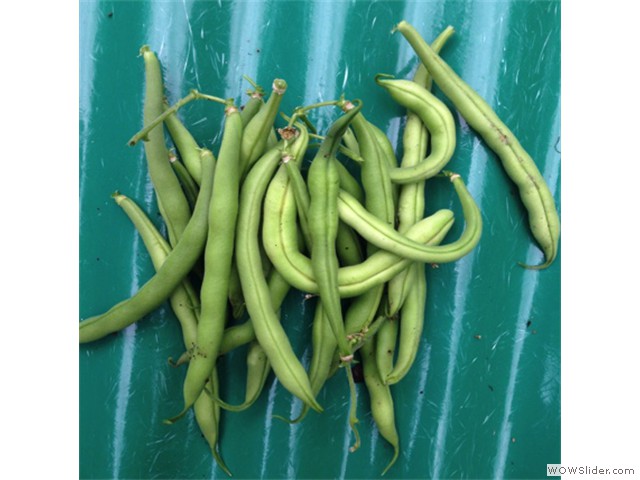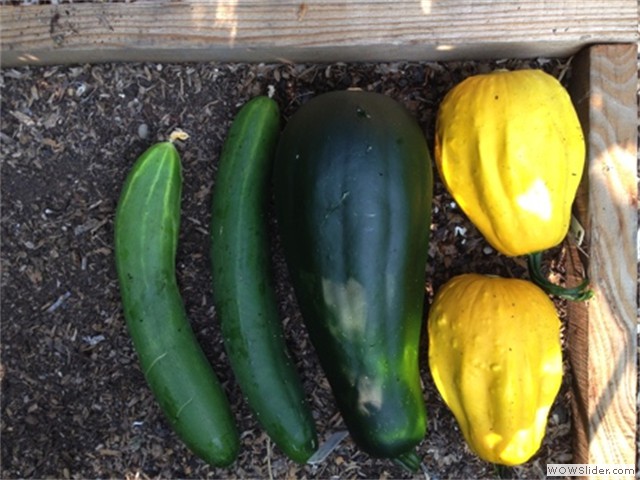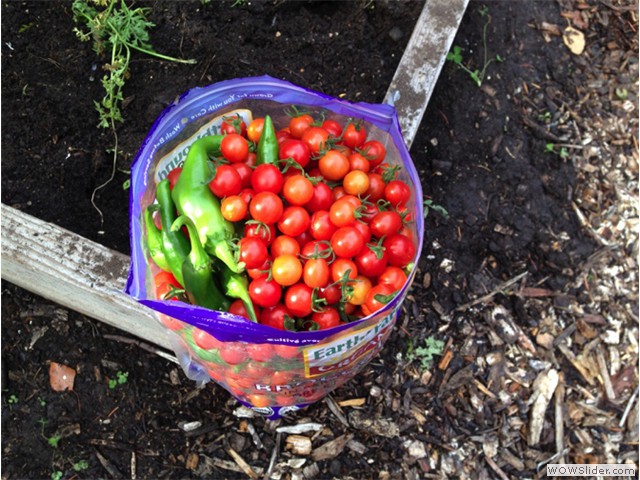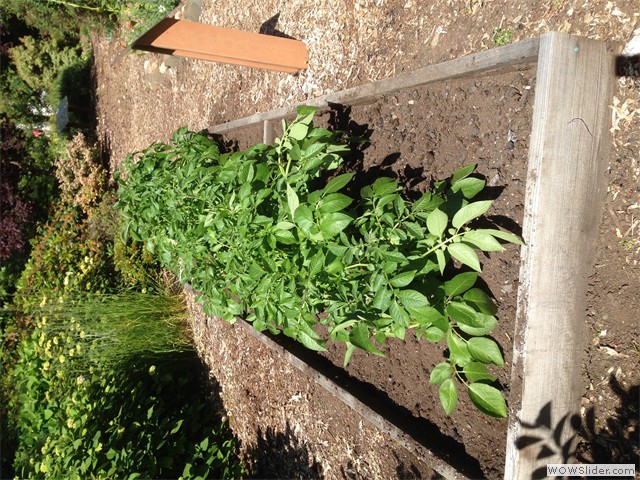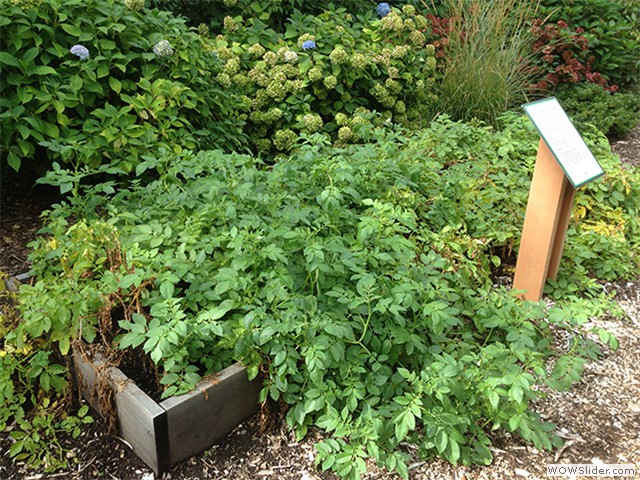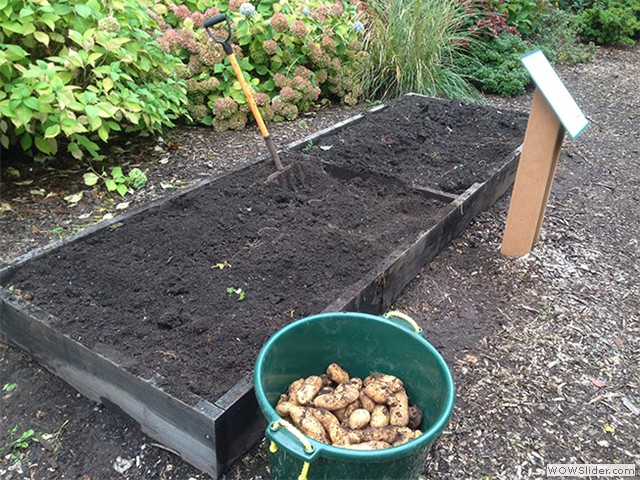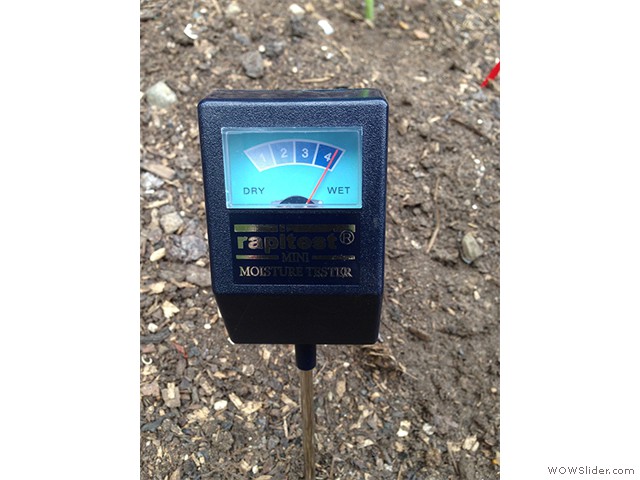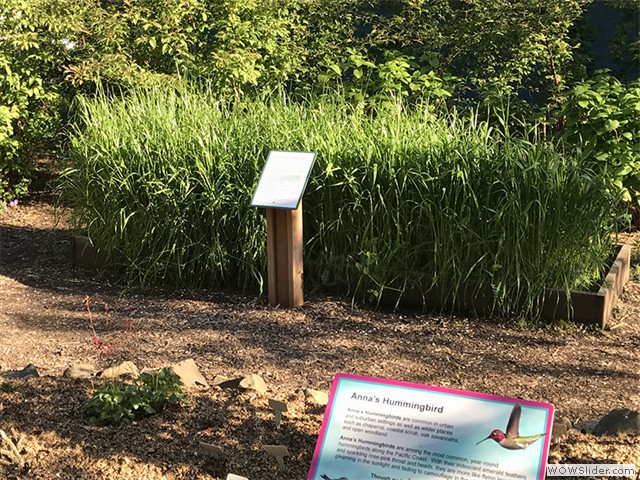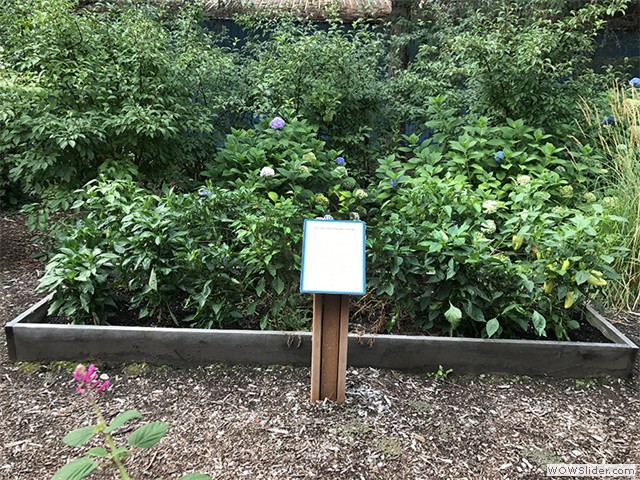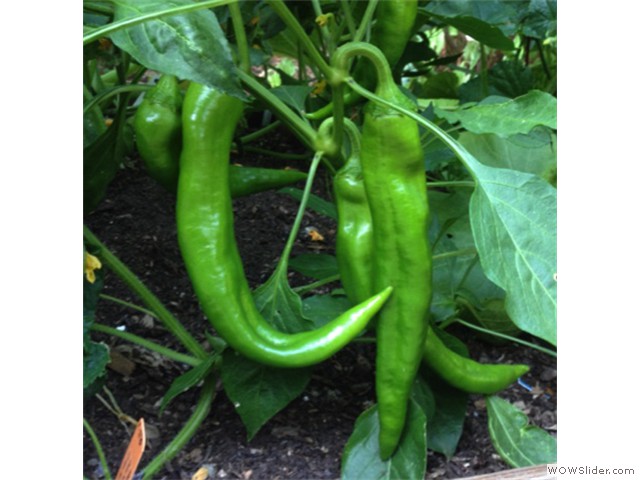Biochar Demonstration Beds
The Master Gardener Biochar Demonstration Beds compare plant growth between raised beds prepared with and without biochar (agricultural charcoal). The project started in the spring of 2015.
Biochar is a fine-grained, carbonized product similar in appearance to common charcoal. It is made by heating a “biomass” such as scrap wood, chips, garden debris, forest slash, etc. to near-combustion using little to no oxygen in a process called “pyrolysis,” or “gasification.”
As a soil amendment, the structure of biochar adds porosity, as well as water and nutrient retention. It also stimulates the activity of agriculturally important microorganisms, increases CEC (cation exchange capacity), and raises soil pH.
Biochar production and use has potential for helping to slow climate change and other environmental problems by reducing CO2 and other potent greenhouse gases, by locking carbon into the soil for many centuries through the process of “sequestration,” and by helping in water and nutrient retention.
The demonstration beds contain a nearly identical mixture of topsoil, compost, amendments, and plants. Biochar with a known chemical profile was mixed with half the compost and “charged” for several months before being added to one bed; the other half of the compost – without biochar – was added to the second bed.
The pH and soil chemistry of both beds are monitored and balanced as needed, and plant growth documented.




